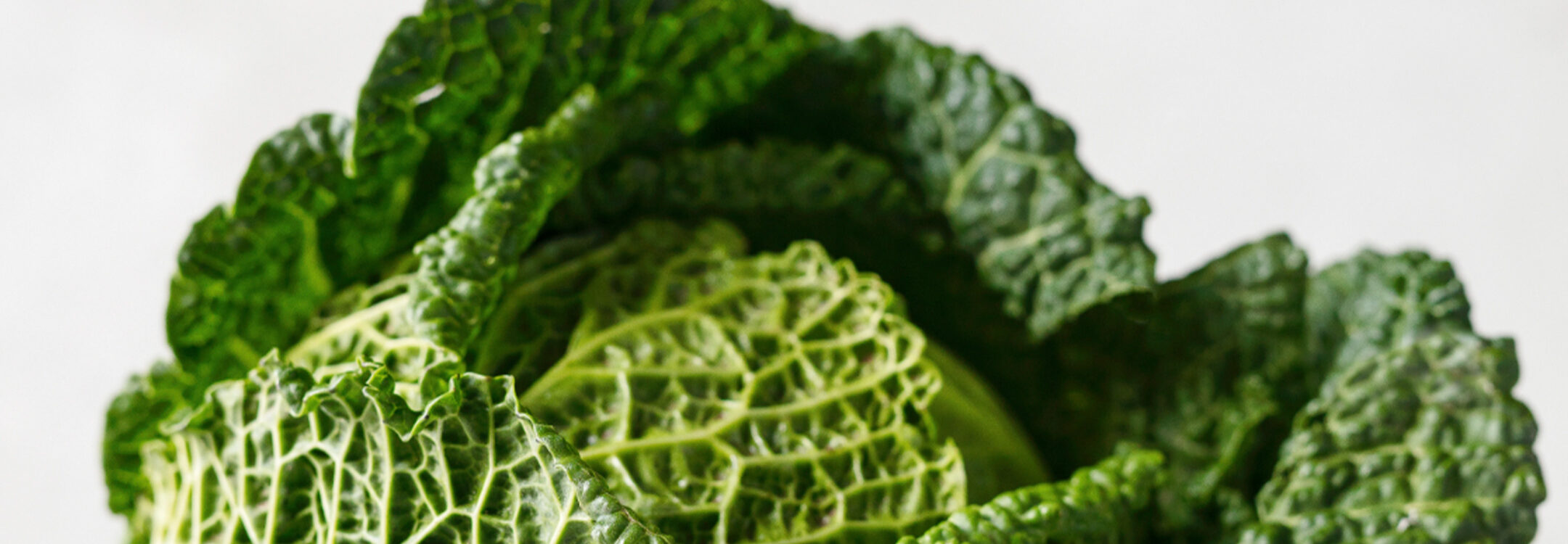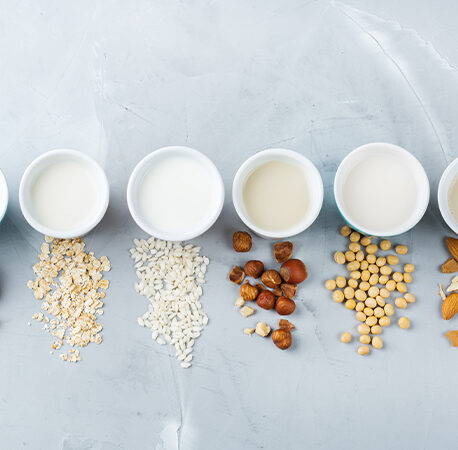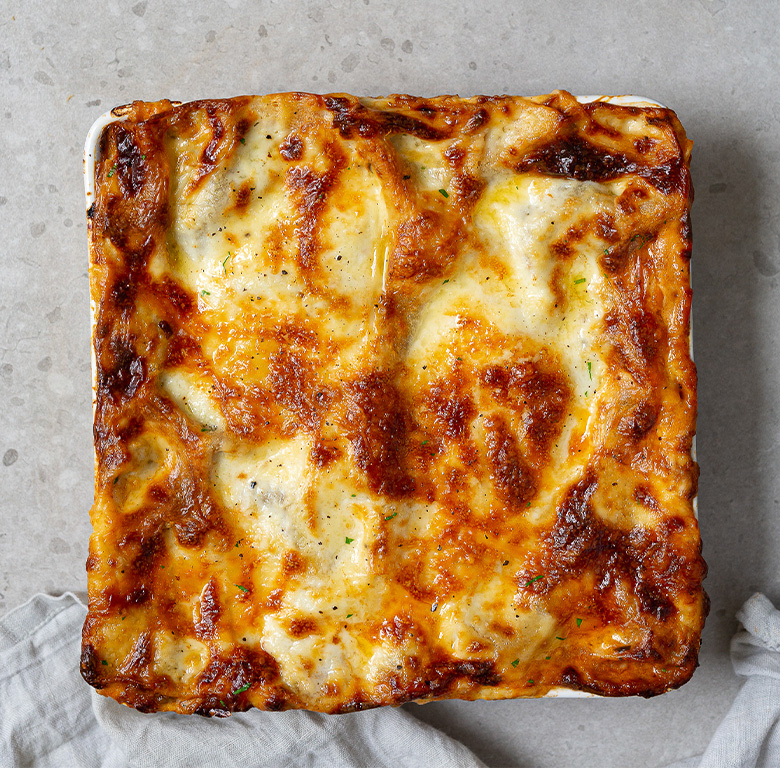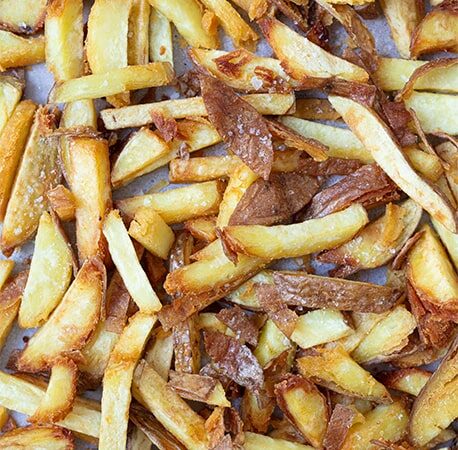History bites
Cabbage has been eaten for more than 6,000 years, longer than almost any other vegetable on record. In ancient China (roughly 1000 B.C.). Cabbage was promoted as a magic cure-all for baldness.
Reap the benefits
Cabbage is an excellent source of vitamins K, C and B6. It is also a good source of manganese, dietary fibre, potassium, vitamins B1 and B2, folate, copper, choline, phosphorus, magnesium, calcium, selenium, iron, pantothenic acid, protein and niacin!
The health benefits of cabbage include reducing the risk of cancer, improving brain, bone and nervous system health, maintaining blood pressure, increasing bowel regularity, regulating sugar levels and promoting weight loss.
How to…
- select: Look for cabbage heads that are firm and heavy for their size, but not too large. Leaves should be crisp; avoid cabbages with wilted or blemished leaves.
- store: Keep cabbage in the vegetable drawer of your fridge.
- prepare: Remove the outermost leaves and rinse the cabbage under cool, running water. Cut the cabbage in quarters and remove the white core, then slice, shred or chop as needed. Cabbage can be stir-fried, sautéed, roasted, simmered, grilled or even barbecued!
Test kitchen tips
If you’re using cabbage to make coleslaw, salt it first. Toss a head of shredded cabbage with one tablespoon of salt. Let it sit in a colander for at least an hour, then squeeze out as much liquid as possible. This will avoid a soggy slaw.






You have to be signed in to comment this post.